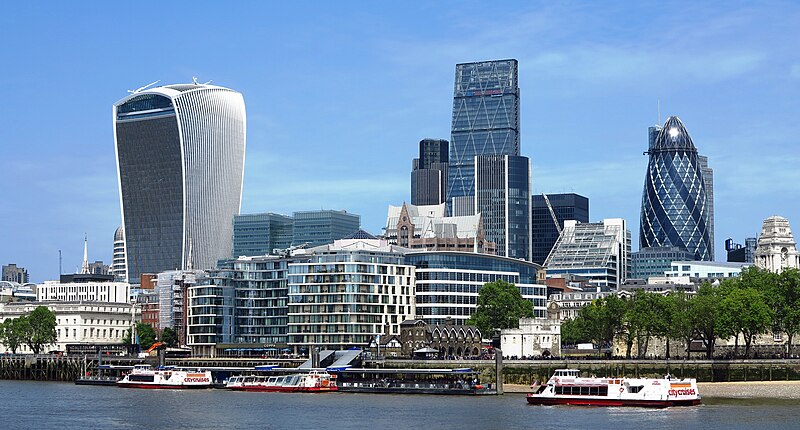
The City of London has officially crossed a major economic milestone, with its annual GDP exceeding £100 billion for the first time, according to newly released figures from the
Office for National Statistics (ONS).
In 2023, the City – often referred to as the Square Mile – generated an impressive £110.8 billion in economic output. That marks an 11.5% increase from the previous year’s total of £99.3 billion. This level of GDP puts the financial hub on par with entire countries like Morocco and Slovakia.
Despite being home to only 13,462 residents – the second smallest population of any UK local authority after the Scilly Isles – the City of London boasts the highest GDP of any area in the UK. Its powerful financial, tech, and professional services sectors make it one of the most concentrated economic engines in the world.
Westminster followed closely behind with a GDP of £97.1 billion, while Tower Hamlets, home to much of the Docklands, came in third with £46.2 billion. Camden, which includes Covent Garden and Holborn, took fourth place with £41.6 billion.
Outside the capital, the largest local economy was Leeds, with a gross value added (GVA) of £39.3 billion, followed by Birmingham (£38.9 billion) and Manchester (£38.04 billion).
Across Greater London, total GDP grew by 8% in nominal terms, rising from £572 billion in 2022 to £617 billion in 2023. That puts London’s economy on par with Poland’s and on track to hit the $1 trillion mark in the coming years.
The South East ranked second among UK regions with £391 billion in output, followed by the North West at £270 billion and the East of England with £229 billion.
However, when adjusted for inflation, London’s economic output actually declined slightly by 0.5% in real terms in 2023. The ongoing effects of inflation, fueled by global events such as Russia’s invasion of Ukraine, contributed to a challenging cost of living environment.
Even so, London maintained the highest GDP per capita in the UK, at £69,077. Photo by Philippe Salgarolo, Wikimedia commons.



































